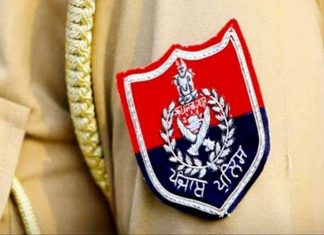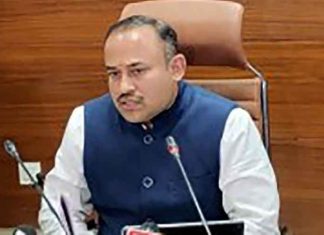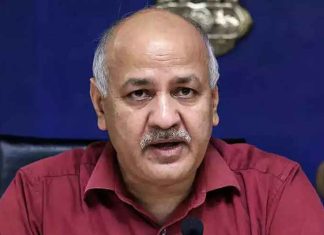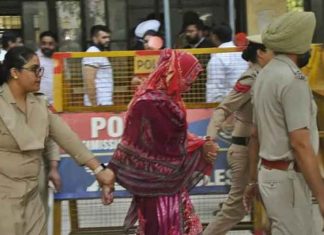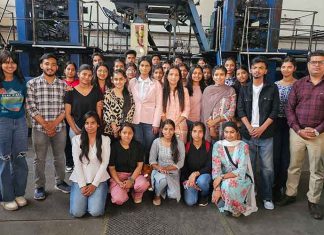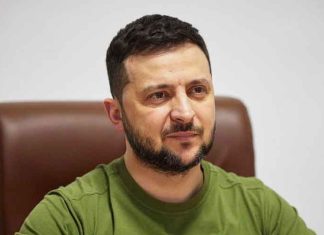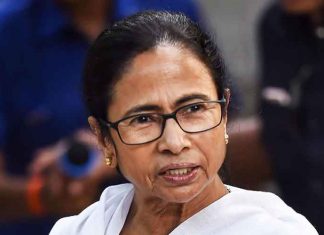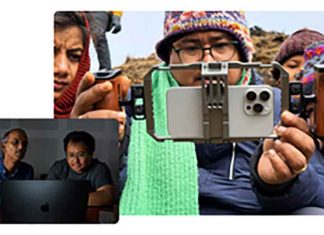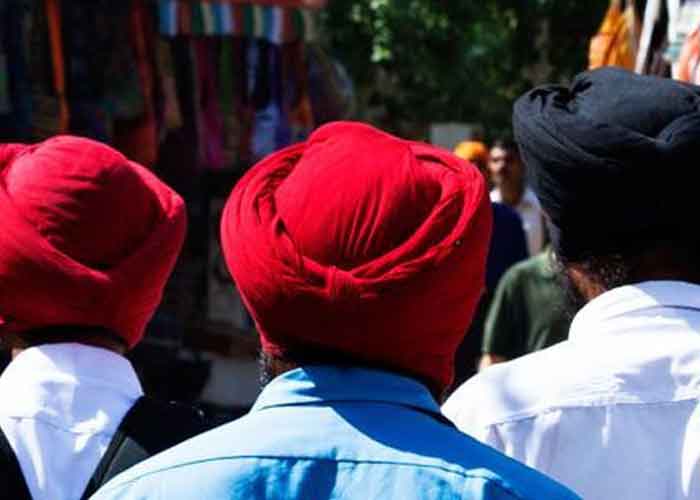Bengaluru, July 26, 2020-
With no sign of the pandemic flattening the curve, as evident from the daily surge in positive cases across the country, Bengaluru-based eminent pediatric cardiologist Vijayalakshmi I. Balekundri said Coronavirus is preventable but not treatable till its vaccine is found.
In an exclusive interview, the Bengaluru Medical College and Research Institute Emeritus Professor said the only way to avoid getting infected is to wear mask, wash hands and maintain physical distance because prevention is better than cure till a vaccine is found to treat the deadly disease. Excerpts:
Q: Why and how different is Covid-19 from other viruses?
A: Corona viruses are not a living organism like bacteria or fungus. They are non-living large, lipid capsule enveloped and positive-stranded RNA viruses. Like other viruses, the novel Coronavirus tries to burrow into a cell and turns it into a virus-replicating factory. If it succeeds, it can produce an infection in throat, respiratory system, heart, brain, blood vessels and in all the 100 trillion cells in a human body.
The type of cells a virus targets and how it enters them depends on how it is built. The genetically engineered Coronavirus is virulent, spreads from human to human without a vector and enters the body through nose, throat and eyes as an airborne infection. It affects vital organs and cells in the body through blood vessels.
The novel Coronavirus gets its family name from a telltale series of spikes — tens or even hundreds of them — that circle its blob-like core as a crown or corona. Studying its cousins which cause SARS and MERS, virologists know that the spikes interact with receptors on cells like keys in locks, enabling the virus to enter body cells.
As the Corona virus that spread from Wuhan in China is mutant, efforts are on the world over to develop a vaccine that can treat its 11 mutations so far.
Covid-19 is a mutant in a clever disguise! Like sugar (carbohydrate molecule) dots outside the spike, it dots outside human cells. The carbohydrate camouflage makes the virus difficult for the human immune system to recognise it initially.
Each spike is made up of three identical proteins twisted and they have to open to gain access into a cell. We need to find a method to prevent these tiny invaders, which are 1,000 times smaller than our body cells they infect.
Q: How the new Coronavirus enters human cells?
A: To infect a human host, the virus gains entry into an individual’s cells, uses their machinery to replicate, spill out of them and spread to other cells. The tiny molecular key on SARS-CoV-2 gives the virus entry into the cell. This key is called a spike protein.
The structure of coronavirus is like a key and receptors on cells are like a lock. Theoretically, they provide an entry point to a thief (virus) into a house (body cells) through a lock (receptors).
Q: How to prevent the virus from spreading further although it has infected lakhs the world over during the last 6 months and threatens to attack more till a vaccine is discovered?
A: First of all, we should understand the Coronavirus structure, method of its spread, mechanism to replicate and organs it damages, whom all it affects the most, how to contain it and myths about it.
The virus can be prevented transmitting from person to person, entering body and replicating in cells by wearing mask, washing hands repeatedly, keeping 4-6 feet distance from others, toilet hygiene and avoid travelling.
As Covid-19 is an air born droplet infection, millions of its viruses are thrown out in small droplet forms at 166km per hour speed when an infected person sneezes. When a person coughs, many larger droplets with billions of the virus are thrown out at 100km per hour from mouth.
Larger droplets fall on a person’s face standing even at three feet or on objects around. Hence, wearing mask is mandatory for everyone.
The three-layer surgical masks doctors and nurses wear are not enough to protect them from Coronavirus. They need N95 or N99 masks with 7 layers to prevent the virus infecting them. Face protection shields are better for all healthcare warriors.
As N95 or N99 masks are costly and meant for medical staff, citizens can wear a home-made cloth mask. They should be changed every 4-6 hours after dipping them in antiseptic solution for 15 minutes, washed and dried in sunlight, as ultraviolet rays sterilise them.
Those who ignored wearing mask and not maintained physical distance were the most infected by the pandemic, as evident from the whopping number of cases in all countries the world over, including the US, Brazil, India, Russia, South Africa, Peru, Mexico, Chile, the UK and Iran.
Social distancing has to be maintained as a person standing even 3 feet of an infected being is sprayed with millions of viruses, as smaller droplets float in the air up to 33 feet.
If an infected person is in an enclosure like an office, mall, community hall or party hall, the virus spreads to everyone present, as it happened in South Korea, where a single infected lady from Wuhan spread it 900 people in a church.
Hence, large gatherings in grounds, religious places, movie halls, malls, schools, colleges, stadiums and markets have been banned to prevent the virus spread.
Repeated hand wash is also compulsory for infected as well as non-infected persons to prevent the virus spread.
The fat covering (lipid capsule) over the Coronavirus gets destroyed in soap water and sugar (carbohydrate) molecule that helps to disguise gets dissolved in water. By rubbing hands, the thorns (spikes) on the surface get damaged making it impossible for the virus to stick or enter body cells as key to the lock.
Toilet hygiene is most important as the virus shred from 22-feet long small intestine can contaminate toilets. Stool and farts contain billions of coronaviruses and can infect anyone using common toilets. While community toilets were sealed in cities like Seattle in the US, open defecation is banned in India.
The reason for avoid travelling is that an estimated 4.5-lakh infected people travelled from China to the US, especially New York, spreading the Coronavirus. Travelling increases transmission of the infection.
Going out of house unnecessarily to market or visiting relatives and friends, especially by a infected person can trigger community transmission, which is the most dangerous phase of the virus, as it will double or treble the cases, making it impossible for any government or healthcare system to contain it.
Senior citizens and elders with comorbid conditions like diabetes, high blood pressure, heart disease, bronchial asthma, cancer, kidney diseases and other chronic debilitating diseases with immune compromised state should stay at home till the virus is found to treat it, as mortality in them is very high.
YesPunjab now has two separate Facebook Pages for English & Punjabi content – Please Like & Share both Pages
English FB Page – https://www.facebook.com/yespunjab/
Punjabi FB Page – https://www.facebook.com/yespunjabpunjabi/
Q: What are signs and symptoms of Corona infection and how fatal it is?
A: If a person is not able to smell anything or taste sugar or salt and is having fever with a bitter tongue, he or she should immediately take a Covid test, as they are signs or symptoms of Corona infection. If the test shows positive, it indicates that the virus has entered the body through nose, eyes or mouth into cells of mucus membrane and replicated inside the body cells.
The patient will have mild fever, body ache, throat irritation and dry cough for 3-4 days without sense of smell and taste. The virus enters lungs or stomach through nose or throat and causes viral pneumonia, abdominal pain and loose motions from 5-7th day.
The virus replicate in lung cells leading to breathlessness, fatigue and drop in saturation from 8-10th day. At this stage, steroid inhalations or nasal spray are useful. An x-ray will show the damaged lungs while pulse oxymeter indicates drop in oxygen saturation.
As the virus spreads from lungs to heart, brain, kidney and all blood vessels by 14th day, it causes multi-organ failure and eventual death.
Q: How quarantine helps in preventing or treating the virus?
A: Those coming from hot spots like Mumbai, Chennai and Delhi to Karnataka have to undergo 14-day quarantine, including a week institutional and a week at home because they may not show the symptoms on arrival but develop after 3-4 days. If they test positive, they are shifted to a designated hospital for treatment. If they are asymptomatic, they get quarantined at home or a Covid care centre to recover. (Agency)





